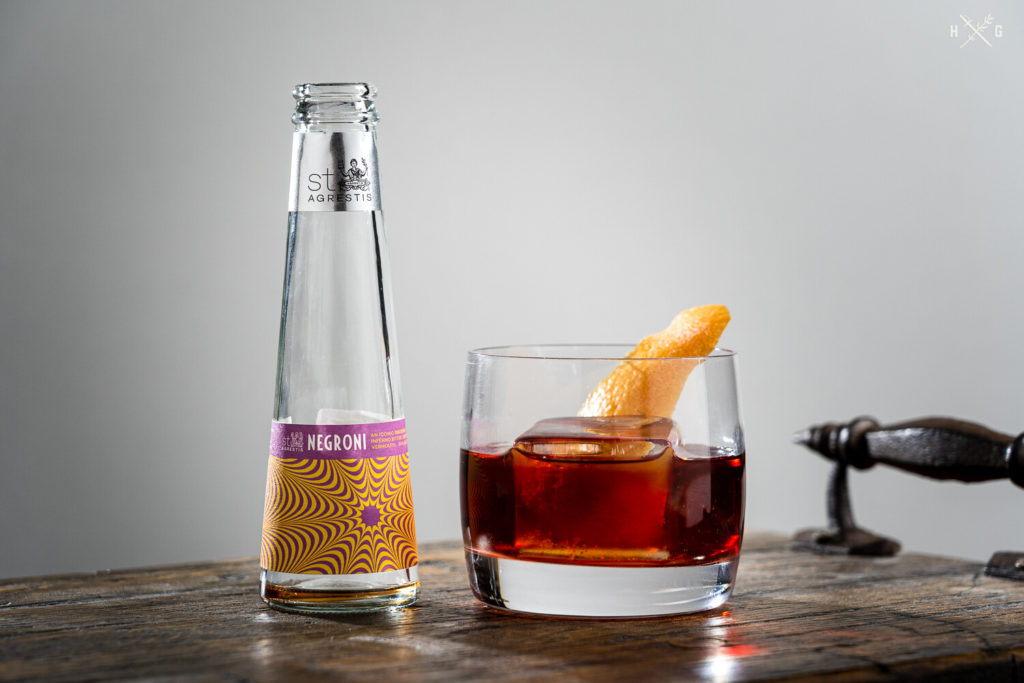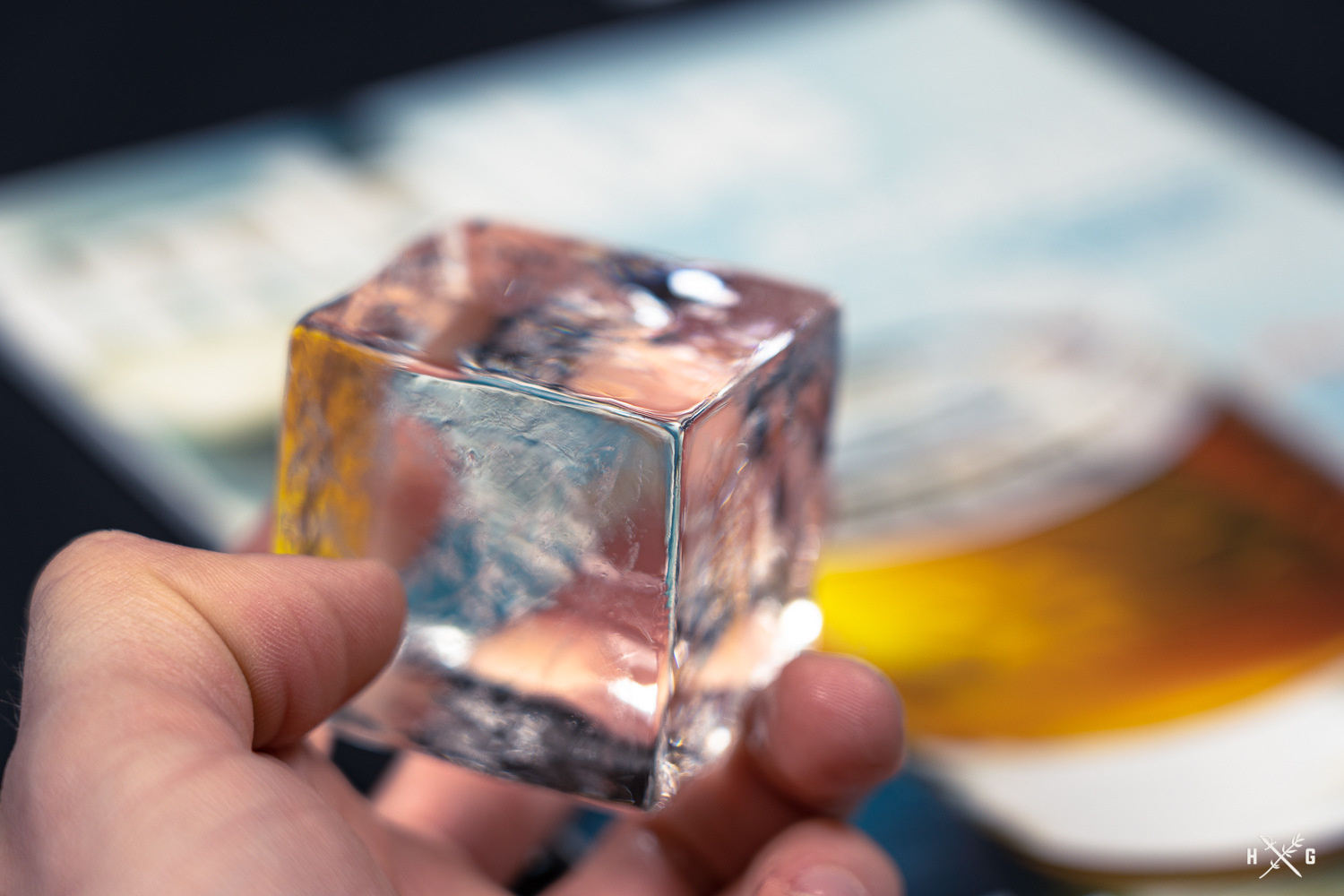Before the pandemic, there was a noticeable uptick in ready-to-drink cocktails. From single-serving canned Caipirinhas, low-ABV spritzes, and even larger format bottled Old Fashioneds, these convenience cocktails were popping up everywhere and I largely disregarded them.
Certain ones would catch my eye, but I’m the type of person who takes pleasure in the process. I enjoy trying classic recipes with minor tweaks–swapping base spirits, flopping ratios, using different bitters, et cetera. Plus, convenience comes at a cost.
I had doubts that a mass-produced bottled cocktail could compare to what I could make at home or enjoy at a local cocktail bar.
Little did I know that in March the hospitality industry that I took for granted would come to a grinding halt. It appeared that the ready-to-drink cocktail market was perfectly positioned to fill that gap, but how many people would prefer to keep things simple and choose wine, beer, or a neat spirit? On top of that, few possess the ingredients or know-how to reproduce their favorite libations at home.
It was only June or July of this year that I discovered St. Agrestis in the form of their bottled Negroni. Many may have discovered them shortly thereafter when they made headlines with their 20-serving boxed Negroni.
St. Agrestis isn’t the first to offer bottled Negronis. As a cocktail, it’s a perfect candidate for bottling. Campari even has its official version. That said, is the St. Agrestis batch good enough to merit purchasing versus making your own? After all, it doesn’t get much simpler than the simple 3-ingredients in equal parts template.

St. Agrestis has something going for them that few bottled cocktails do. With their flagship products being their Amaro and Inferno Bitter, it’s evident that they’re making something for the cocktail enthusiast.
At first sip, their bottled Negroni blew me away. This is a cocktail you want to serve chilled, and ideally over a large clear ice cube. Bonus points if you make the effort to express an orange peel. The St. Agrestis Negroni is balanced with the required bitterness, but also a smooth, almost vanilla-like, note. The syrupiness that Campari tends to add to the classic Negroni is not present. This is unlike any Negroni I’ve previously experienced and not something I can recreate with at my 120+ bottle home bar. To achieve this, they use their St. Agrestis Inferno Bitter (similar to Campari), a house-made Torino style vermouth (a personal favorite), and Greenhook Ginsmiths American Dry Gin.
St. Agrestis team, if you’re reading this, please release that vermouth as its own bottling.
At around $24 for a 4-pack, they’re not inexpensive, but they are worth it. I guarantee you’ll be impressed, and before you know it, you’ll be buying their Amaro and Inferno Bitter as well.



One final note worth commenting on is their overall design aesthetic. The vibrant pop-art style vibes are beautiful. The bottles of Amaro and Inferno are some hefty chunks of glass, with solid metal caps. The St. Agrestis medallion adorning the neck of the bottle is even a removal pin.

And best of all, is the iconic conical bottle design, which pays homage to the 1932 Campari Soda bottle created by the Italian designer, Fortunato Depero. It’s a touch that only cocktail enthusiasts would notice.

It’s likely going to be a while before craft cocktail bars are back in full swing, so, in the meantime, treat yourself to a full craft experience at home. We all need a little something to look forward to at the end of the day, even if it is a perfectly bitter Negroni.
Negroni Fan?
Head over to The Humble Garnish Shop to check out my fine art cocktail prints!
At-Home Cocktail Bottling Gear:
Additional Resources:
- St. Agrestis – Official Site
- St. Agrestis – Instagram
- St. Agrestis – Facebook
- St. Agrestis – Twitter
- Buy Locally in Tulsa – Ranch Acres
- Italian Design Classic: Campari Soda ‘cone’ bottle
- Campari Light Fixture by Raffaele Celentano, 2002
- Virtual Guided Tour of the Campari Gallery (Email: [email protected])
- Negroni Week 2020 – A Statement from Paul Clarke, Executive Editor of IMBIBE
Related Recipes:
I created The Humble Garnish because I’m passionate about cocktails. Occasionally, I am provided with products for review or other perks. Many product links on this site are affiliate links that give me a very small kickback, and costs the buyer nothing extra. For example, as an Amazon Associate, I earn from qualifying purchases after a link leading to Amazon is clicked. Other links may earn me affiliate commissions as well. This helps offset the cost of creating content for the site – things like camera gear, software, alcohol, glassware. I have at times accepted and at other times declined free products. I promote what I love and use, and rarely will write about a product that I don’t appreciate or own. If I don’t like a product or service, I often simply choose not to write about it.
– Andrew





Those labels and bottle designs are gorgeous. I’d but them even if they didn’t taste good. 😉
Luckily, they look AND taste great!
I actually find them to taste a little brown sugary and not as bitter. As someone who drinks Negronis quite a lot…these are actually some of the worst that Ive tasted. I thought maybe it was the vermouth they were using and then I tasted the bitter by itself…it’s the bitter that has that brown sugary note to it….good packaging though.
I agree that it’s certainly not the “classic negroni” since there’s no Campari. I think that from a recipe template standpoint, it’s almost like making a negroni with Cappellitti. It follows the template, but doesn’t have the same level of bitter. I think that since Campari is so bold, swapping it is more drastic than trying various vermouths or gins.
Have you tried their Amaro?